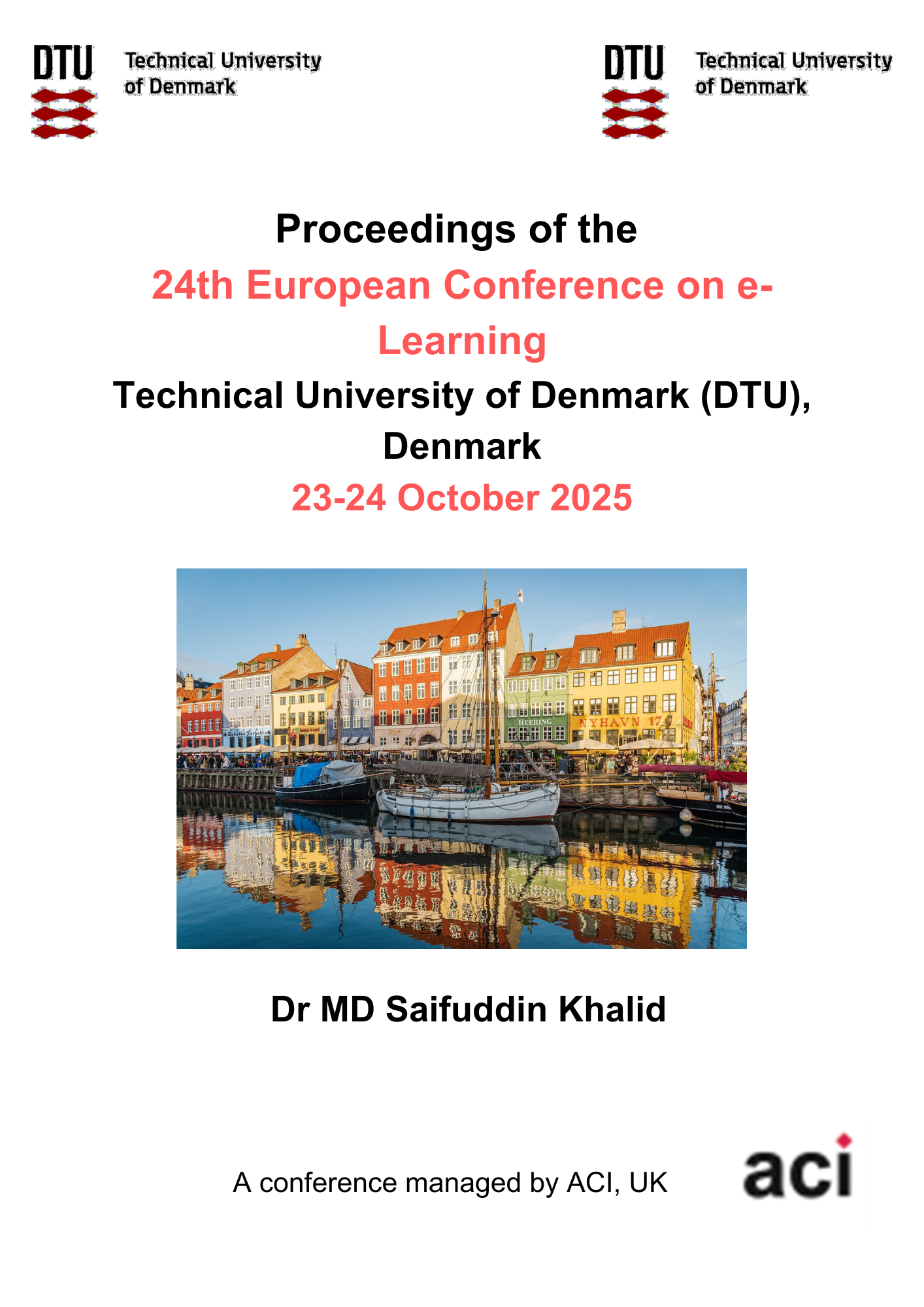Beyond AI: How Business Simulations Preserve Human-Centric Learning
DOI:
https://doi.org/10.34190/ecel.24.1.3815Keywords:
e-learning, simulation, higher education, sustainability, game-based learning, interactive learning, educational gamificationAbstract
As artificial intelligence becomes more integrated into higher education, it is increasingly capable of supporting decision-making, modelling complex systems, and accelerating technical learning. While these capabilities are welcomed and offer learning opportunities for students, AI does not account for dimensions of human learning, or the development of human-centric skills. This human-centric learning is essential for cultivating collaborative, responsible, and reflective graduates. Therefore, value must be placed on the intentional development of both technical and human-centric learning to complement each other in the age of AI. This study employs a qualitative methodology through the thematic analysis of 45 student reflections from a postgraduate business simulation module to investigate how business simulation promotes technical learning while preserving human-centric learning. Using a thematic coding framework, the study categorises learning into human-centric themes and assesses each for its replicability by AI. The findings highlight that while simulation integrated AI-enhanced tools (i.e. forecasting dashboards and scenario rewinds) aided student learning, the most meaningful learning described by students focuses on human-centric dimensions - resilience, collaboration, ethical reasoning, and reflective insight, and not on algorithmic optimisation through AI. The findings reveal that while AI enhances learning, it cannot replicate the emotional, ethical, and relational growth students undergo when confronting uncertainty, navigating team dynamics, and learning from failure. The paper argues for a pedagogical approach that defends and designs for human-centric learning - particularly in fields where leadership and judgment development are core. As education evolves alongside AI, it becomes essential to clarify not only what AI can do, but what it must not replace.Downloads
Published
2025-10-17
Issue
Section
Academic papers





